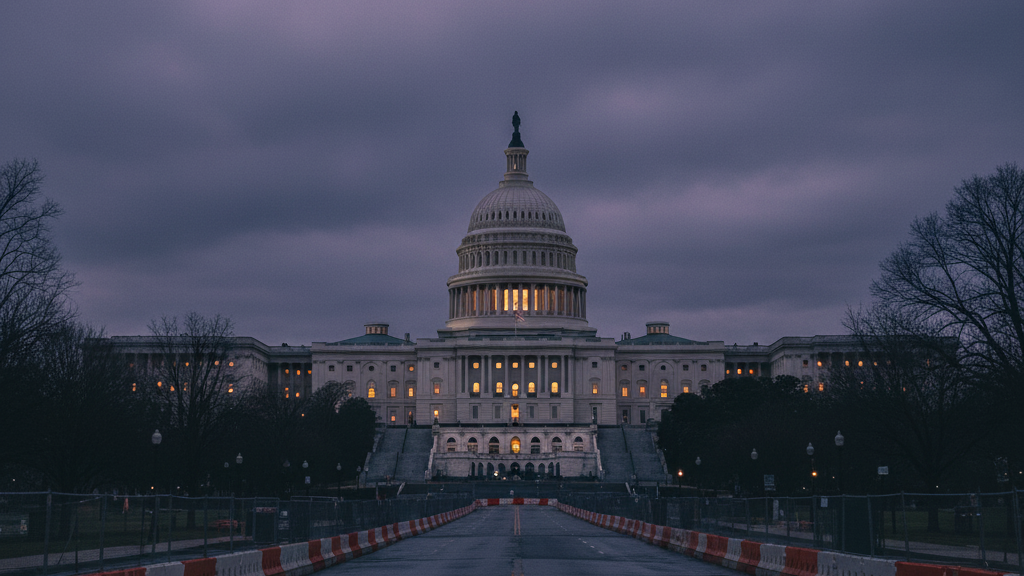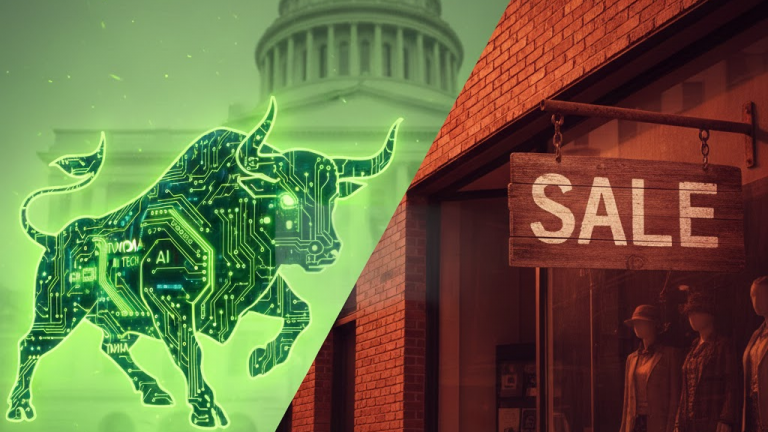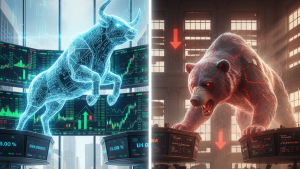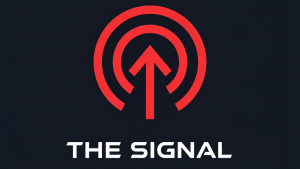Summary (TL;DR)
For investors, the key takeaway from today’s trading is the market’s ability to look past immediate political turmoil in Washington, buoyed by strength in the technology sector and significant corporate deal-making. While the major indices posted modest gains, the looming threat of a U.S. government shutdown is creating a palpable undercurrent of uncertainty. This development is significant because a prolonged shutdown could delay crucial economic data that the Federal Reserve relies on for interest rate decisions, potentially injecting a new layer of volatility into the market.
In essence, what this means for investors is a tug-of-war between positive fundamentals in certain sectors, like technology, and the broader economic and political risks. The market’s resilience will be tested as the shutdown deadline approaches, making the next few trading sessions critical for gauging investor sentiment and the market’s overall direction.
What Happened?
The stock market finished a mixed but generally positive day of trading, with the major U.S. indices closing in the green. The S&P 500 saw a slight increase, while the tech-heavy Nasdaq Composite outperformed, signaling continued investor confidence in the technology sector. The Dow Jones Industrial Average also eked out a small gain.
The session was dominated by headlines from Washington D.C., as the deadline for a potential U.S. government shutdown looms. Despite this political overhang, a significant M&A deal in the tech sector provided a boost to market sentiment. Video game giant Electronic Arts (EA) confirmed it has agreed to be acquired in a massive $55 billion deal, sending its stock higher and creating a positive ripple effect across the tech landscape.
Why It Matters?
Coming into the week, investors were cautiously optimistic, still digesting last Friday’s Personal Consumption Expenditures (PCE) data, which showed inflation moving in the right direction.10 This data had fueled hopes for a more accommodative stance from the Federal Reserve regarding interest rates.
However, the focus has squarely shifted to the risk of a government shutdown. A shutdown could disrupt the release of key economic reports, including the highly anticipated September jobs report. This matters immensely because the Federal Reserve is data-dependent, meaning it relies on this information to make decisions about future interest rate hikes. Without this data, the Fed and investors would be flying blind, increasing market uncertainty. The resilience of the tech sector, highlighted by the major EA acquisition, is currently acting as a significant counterweight to these political concerns.
The Debate (The Bull vs. Bear Case)

The Bull Case (The Optimistic View): On one hand, optimists believe that the market’s ability to shrug off the shutdown threat is a sign of underlying strength. Analysts at Goldman Sachs have expressed a more bullish outlook for equities for the remainder of the year, citing a favorable macroeconomic environment and the prospect of Federal Reserve easing. They see the current political noise as a temporary distraction. The significant M&A activity, such as the Electronic Arts deal, is also seen as a bullish indicator, suggesting that corporate and private equity players see value in the market and are willing to deploy large amounts of capital.

The Bear Case (The Cautious View): On the other hand, cautious voices point to the very real risks a government shutdown could pose. Economists have noted that while historically, the market impact of shutdowns has been short-lived, a prolonged impasse could have a more significant negative effect on the economy.16 Furthermore, there are concerns that the market has become overly reliant on a handful of large technology stocks for its positive performance. Any sign of weakness in this sector could have an outsized impact on the broader market. The ongoing political polarization in Washington is also a source of concern, as it could lead to further standoffs over fiscal policy in the future.
By the Numbers (Key Data & Metrics)
- S&P 500: Closed up slightly on the day. This index represents a broad swath of the U.S. economy.
- Nasdaq Composite: Led the gains, reflecting strength in the technology sector.
- Dow Jones Industrial Average: Posted a modest gain.
- Electronic Arts (EA) Acquisition: The video game publisher agreed to be acquired for $55 billion.
This is a significant indicator of corporate confidence and willingness to invest. - 10-Year Treasury Yield: Slipped, which can be a sign of a “flight to safety” as investors seek less risky assets amidst uncertainty.
The 10-year Treasury yield is a key benchmark for interest rates on a variety of loans. - Energy Sector: Was the day’s worst-performing sector, indicating a rotation out of cyclical stocks.
Disclaimer: This article is for informational purposes only and does not constitute financial, investment, or legal advice. The information provided is a synthesis of publicly available data and expert analysis and should not be considered a recommendation to buy or sell any security. Investing in the stock market involves risk, including the possible loss of principal. Past performance is not indicative of future results. Readers should consult with a qualified financial advisor to determine an investment strategy that is suitable for their own personal financial situation and risk tolerance.






















